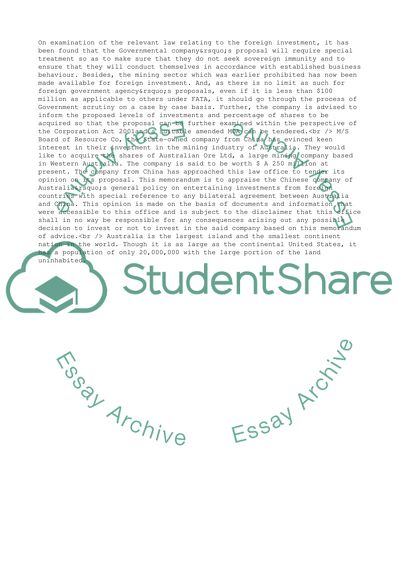Cite this document
(The Memorandum of Advice - Chinese and Australian Companies Case Study, n.d.)
The Memorandum of Advice - Chinese and Australian Companies Case Study. Retrieved from https://studentshare.org/business/1732435-foreign-investment-law
The Memorandum of Advice - Chinese and Australian Companies Case Study. Retrieved from https://studentshare.org/business/1732435-foreign-investment-law
(The Memorandum of Advice - Chinese and Australian Companies Case Study)
The Memorandum of Advice - Chinese and Australian Companies Case Study. https://studentshare.org/business/1732435-foreign-investment-law.
The Memorandum of Advice - Chinese and Australian Companies Case Study. https://studentshare.org/business/1732435-foreign-investment-law.
“The Memorandum of Advice - Chinese and Australian Companies Case Study”. https://studentshare.org/business/1732435-foreign-investment-law.


